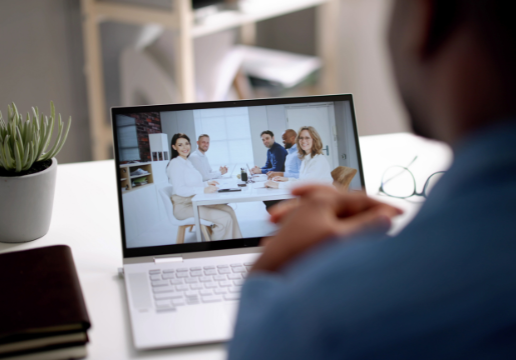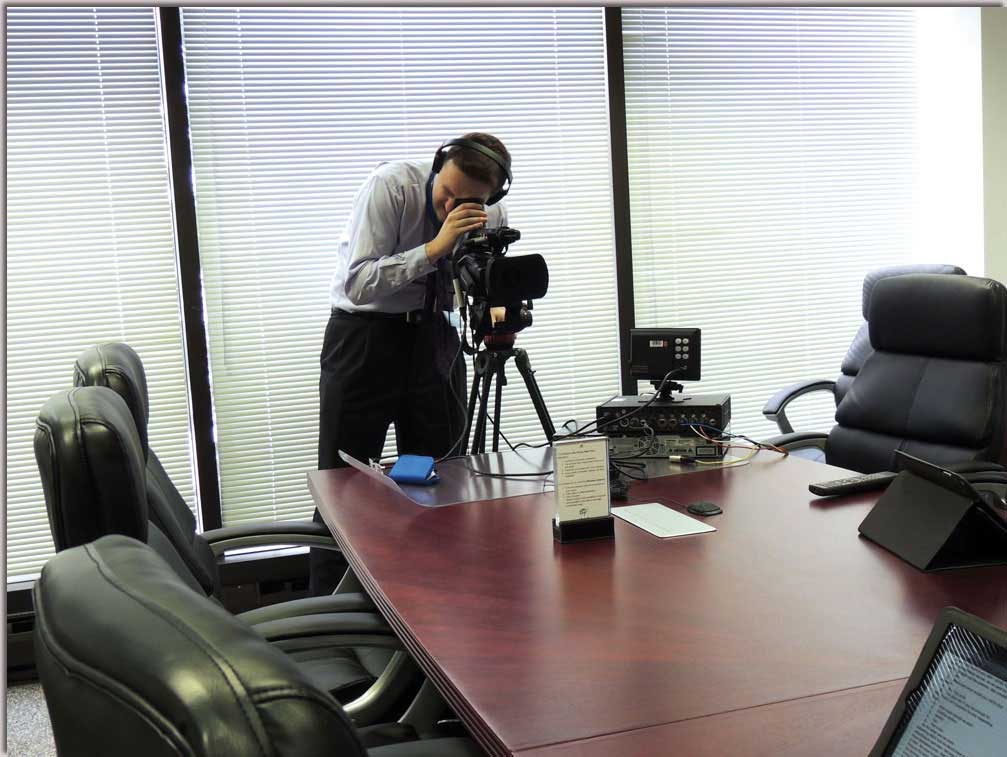The Impact of Legal Videography on the Success of Legal Trials
The Impact of Legal Videography on the Success of Legal Trials
Blog Article
Why Legal Videography Is Crucial for Accurate Court Recordings
The duty of legal videography in court room settings can not be overstated, as it acts as an essential device for preserving the stability of court records. By capturing both spoken and non-verbal communication, it enhances the quality of witness statements and reflects the subtleties of court interactions. This detailed documentation not only aids in reducing potential misconceptions however also sustains appellate evaluations, thereby reinforcing the judicial process. Nonetheless, the effects of incorporating lawful videography into basic court techniques increase important concerns about its broader effect on the lawful system. What might these effects involve?
Importance of Visual Evidence
In the realm of legal process, the importance of visual evidence can not be overemphasized. Aesthetic evidence functions as an effective device in developing realities, substantiating testimonies, and improving the general clarity of a case. This kind of proof, that includes photos, videos, and layouts, can supply a concrete context that spoken summaries frequently lack, consequently using juries and courts a more clear understanding of the situations bordering an instance.
Additionally, aesthetic evidence aids in the retention of details. Human cognition is naturally aesthetic, and people are most likely to bear in mind and comprehend info provided in an aesthetic format. In the court, this can be important, as engaging visual proof can guide viewpoints and reinforce the narrative provided by legal agents.
Additionally, making use of aesthetic evidence can lessen misunderstandings and uncertainties that typically emerge from spoken exchanges. By supplying a straight representation of occasions, aesthetic proof aids to get rid of subjective interpretations and fosters a more unbiased evaluation of the realities. Subsequently, the assimilation of aesthetic proof right into lawful process not just enhances the honesty of the judicial process yet also improves the likelihood of attaining a just outcome.
Capturing Non-Verbal Signs
Making use of sophisticated videography techniques can dramatically improve the capture of non-verbal cues throughout lawful procedures. Non-verbal interaction, including faces, body language, and eye get in touch with, plays an essential function in sharing feelings and purposes that may not be explicitly specified in spoken statement. legal videography. Legal videography utilizes high-def video cameras and tactical angles to make sure that these subtle cues are taped with clearness and precision
The ability to analyze non-verbal behavior can offer valuable context to statements made during court sessions. For instance, a witness's reluctance or confidence can be interpreted through their stance or motions, potentially affecting the court's understanding of trustworthiness. Additionally, making use of close-up shots can assist concentrate on a speaker's expressions, permitting a more nuanced understanding of the testament.
Additionally, incorporating several camera angles can create a thorough view of interactions, highlighting characteristics between events entailed. This complex approach not only improves the precision of the court document however likewise help in protecting the stability of anonymous the judicial process - legal videography. Ultimately, recording non-verbal hints through lawful videography cultivates a richer, a lot more complete depiction of court room process

Enhancing Statement Dependability
The reliability of testimony can be considerably strengthened through the use of top quality lawful videography. Video clip recordings act as an unbiased medium that captures not just the talked words of witnesses yet also the nuances of their shipment, consisting of tone, pacing, and psychological expressiveness. This diverse paperwork supplies a more clear understanding of the witness's credibility and purposes, which can be crucial in legal procedures.
Furthermore, legal videography minimizes the capacity for misconceptions that might arise from written transcripts alone. When jurors can observe a witness's temperament and body language along with their testament, they are Visit Website much better furnished to evaluate the credibility and dependability of the evidence offered. This aesthetic context can reinforce the testimonial story, making it more compelling and reliable.
Additionally, the existence of a video clip recording can discourage prospective disparities in testimony. Witnesses may be extra cautious in their declarations when they understand they are being tape-recorded, resulting in even more precise and genuine accounts. Overall, top notch legal videography improves the integrity of statement, making certain that the court has accessibility to a total and truthful representation of the facts as communicated by the witnesses.
Supporting Appeals and Reviews
Lawful videography plays a crucial function in sustaining appeals and evaluations by giving a detailed aesthetic record of court process. This aesthetic documentation records not just the talked words of witnesses and attorneys however also the subtleties of body language, tone of voice, and court room characteristics. Such components can be crucial in understanding the context of statements and arguments provided.
In the appellate procedure, where the emphasis gets on mistakes of legislation and procedural fairness, a video document can act as an essential tool for appellate courts. It makes it possible for courts to evaluate the original trial context, making certain that decisions are based on a complete understanding of the proceedings. The capability to visually assess the temperament of witnesses or the communications between parties can disclose insights that written records may ignore.

Furthermore, legal videography can help in clarifying uncertainties in testimonies or step-by-step judgments, thereby reinforcing the basis for an appeal. By offering a reliable, unbiased account of what transpired in court, legal videography not just sustains the integrity of the legal process but additionally empowers all celebrations involved to make educated decisions regarding their cases.
Simplifying Courtroom Processes
Enhancing courtroom performance, legal videography streamlines procedures by providing immediate accessibility to visual documents of process. This innovation enables judges, attorneys, and courts to take another look at important testament and proof, ensuring that all parties have learn this here now a clear understanding of the situation. By capturing the subtleties of verbal and non-verbal interaction, videography improves the record, making it easier to understand the context and weight of statements.

In addition, video recordings can promote remote engagement in hearings, permitting better flexibility in organizing and engagement, which is particularly important in complicated situations involving several stakeholders.
Conclusion
Finally, lawful videography plays an important duty in making certain exact court recordings by providing necessary visual evidence that records both spoken and non-verbal interaction. This practice enhances the dependability of statements, supports appellate reviews, and simplifies court procedures. By cultivating a comprehensive understanding of courtroom dynamics, legal videography ultimately adds to much more equitable judicial outcomes, reinforcing the integrity of the legal system and promoting notified decision-making.
Report this page